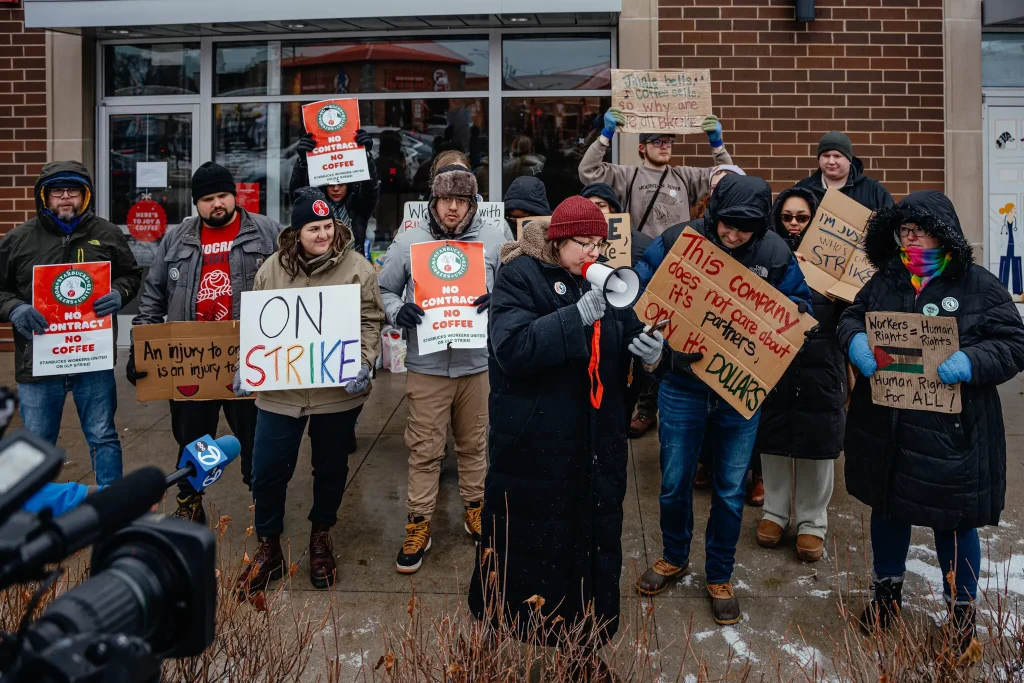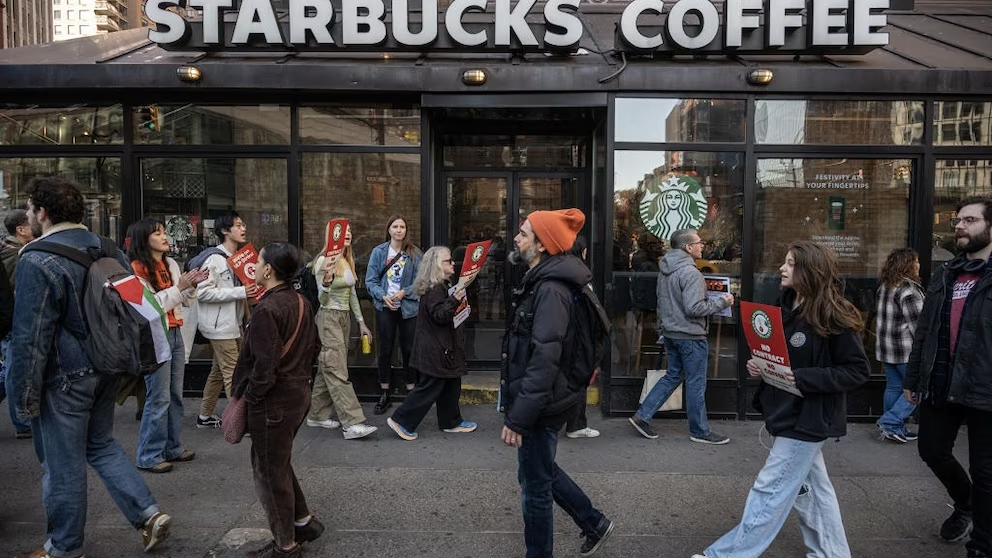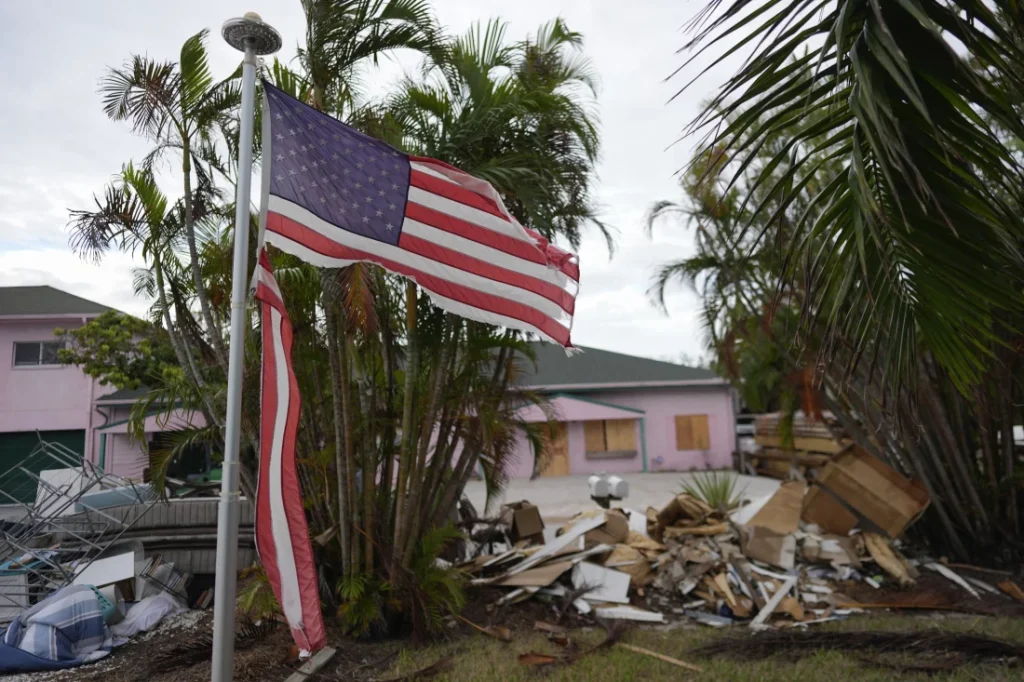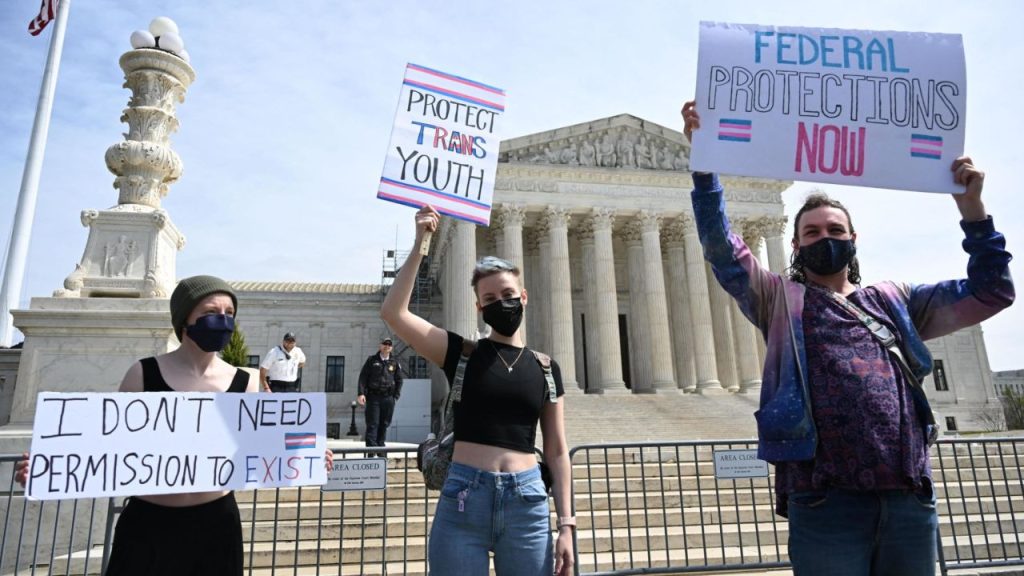Starbucks Workers Begin a Strike in 3 Cities on Friday

On Friday, workers at Starbucks in three major U.S. cities began a strike, demanding better working conditions, improved wages, and stronger benefits. The strike comes after months of growing discontent among employees, many of whom have been vocal about issues ranging from understaffing to inadequate health coverage. With Starbucks facing mounting pressure from its workforce, the strike has garnered significant attention, both from supporters of labor rights and those critical of the company’s handling of worker relations.
The Reason for the Strike:
The strike involves baristas and other employees from various Starbucks locations across three cities. The workers have voiced frustrations over what they describe as a lack of meaningful action from the company in addressing their concerns. Central to their grievances are issues of understaffing, which workers argue leads to excessive workloads, high levels of stress, and a decline in the quality of customer service. Additionally, employees are demanding better pay and enhanced benefits, such as improved health insurance and paid sick leave.
The strike also highlights broader concerns over worker rights within large corporations. Workers have expressed dissatisfaction with what they view as insufficient support from Starbucks’ management, especially in light of the company’s increasing profits. Despite the company’s continued financial success, many employees feel that they are not being fairly compensated for their hard work, particularly in the face of rising inflation and living costs.
The Background of the Strike:
This action is the latest development in a series of labor disputes that have affected Starbucks in recent years. In 2021, a significant wave of unionization efforts began within the company, with several stores across the country pushing for union representation. The company has faced growing scrutiny for its treatment of workers, with many employees and labor advocates accusing Starbucks of union-busting tactics.
In response to the increasing wave of strikes and unionization efforts, Starbucks has maintained that it values its employees and is committed to maintaining positive relationships with its workforce. However, the company’s response to the organizing efforts has been controversial, with critics accusing the company of attempting to intimidate workers and stifle efforts to unionize.
Despite this, the strike represents a new phase in the ongoing struggle between labor and management at Starbucks. Workers, many of whom are part of the “Starbucks Workers United” movement, have called for improved conditions and better pay, as well as a stronger commitment to worker rights.
Impact on Starbucks and Its Workers:
The strike is expected to disrupt operations at the affected stores, with workers walking off the job in protest of their treatment. While the strike is not expected to affect Starbucks’ overall operations on a large scale, it has the potential to damage the company’s reputation, especially among consumers who have become more attuned to corporate responsibility and the treatment of workers.
For the employees involved, the strike is a demonstration of their commitment to improving working conditions and securing better compensation. Workers have emphasized that the strike is not just about their pay and benefits, but about creating a better, more supportive work environment for all Starbucks employees.
The action has garnered widespread support from various labor unions and advocacy groups, who have rallied behind the workers’ cause. Solidarity from other unions, as well as public support from customers, has added momentum to the workers’ fight. Some supporters have pledged to boycott Starbucks until the company addresses the issues raised by employees, while others have organized rallies and protests in solidarity with the strikers.
Starbucks’ Response:
In response to the strike, Starbucks has reiterated its commitment to its employees, highlighting the benefits and support packages offered to workers. The company has also emphasized its ongoing efforts to engage with employees and address their concerns. However, despite these assurances, many workers remain unsatisfied, arguing that the company’s actions do not match its words.
Starbucks’ response to the strike is likely to play a key role in determining the outcome of this labor dispute. How the company chooses to engage with the strikers, whether it offers concessions or continues to resist, will have significant implications not only for the workers involved but for the broader conversation surrounding corporate responsibility and worker rights.
The strike at Starbucks is part of a larger movement in the U.S. labor market, where workers in a range of industries are pushing for better pay, working conditions, and benefits. The pandemic has brought labor issues to the forefront, with many employees reassessing their work-life balance and pushing for more equitable treatment. The Starbucks strike is just one of many actions that have taken place in the past few years, as workers seek to assert their rights and demand more from their employers.
In the broader context, the strike represents a growing trend toward labor activism in the U.S. Workers are increasingly willing to speak out against corporate practices that they believe are unjust, and the success of the Starbucks workers’ efforts could have ripple effects across other industries, further energizing labor movements across the nation.
The Starbucks workers’ strike in three cities is a powerful reminder of the ongoing struggles faced by workers in the service industry. As employees demand better wages, improved benefits, and more supportive working conditions, the company is being forced to confront the broader issue of labor rights within its organization. With public support and solidarity from other unions behind them, the workers have sent a clear message to Starbucks: they are willing to fight for the changes they believe are necessary to improve their working lives. How Starbucks responds to these demands will shape the future of its relationship with its workforce and set a precedent for labor movements across the country.






